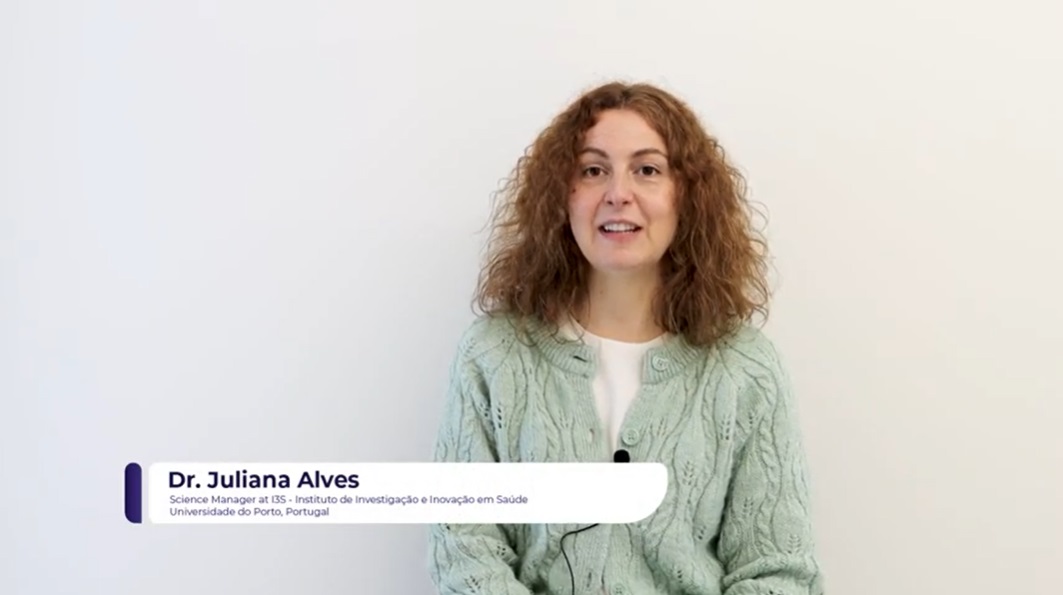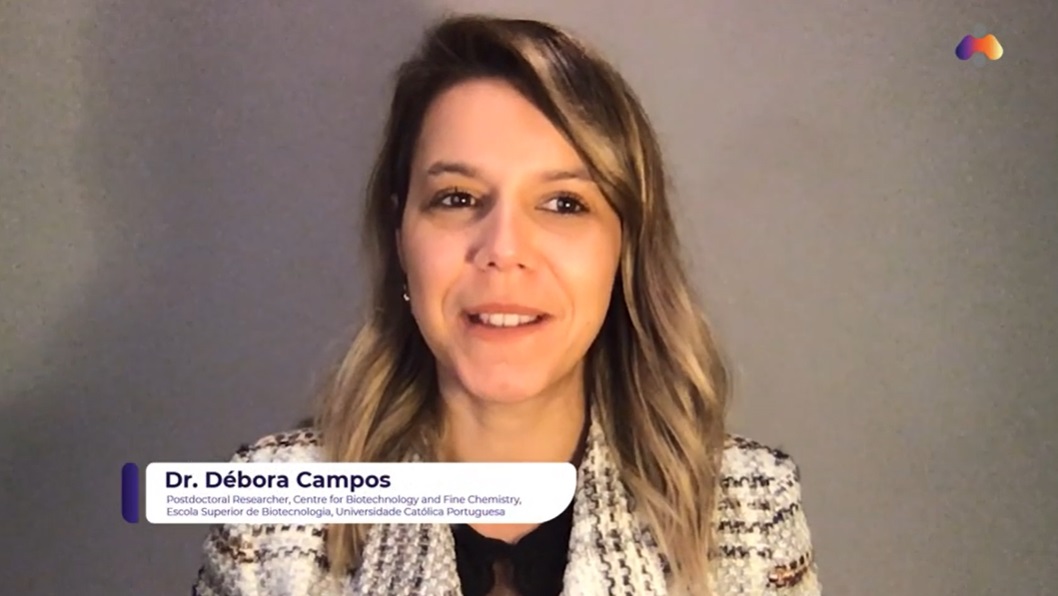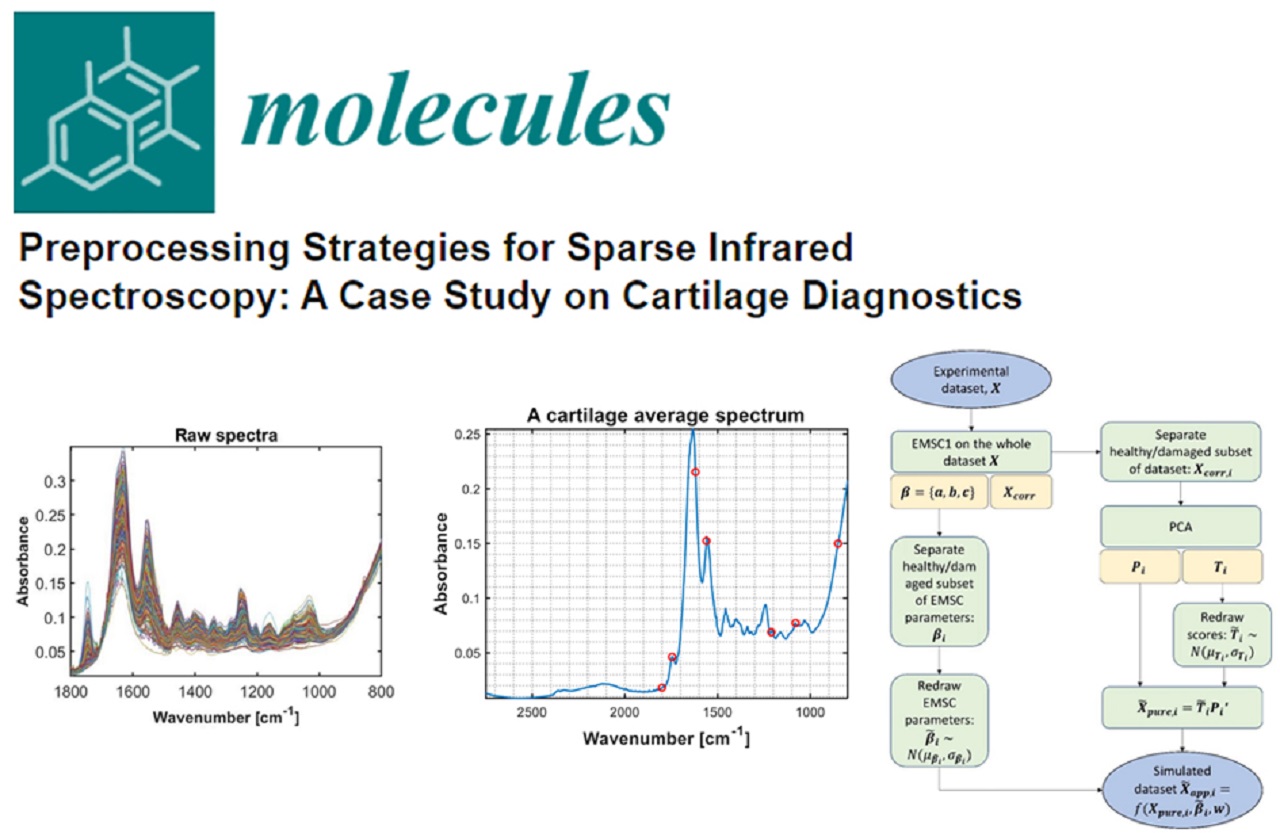MIRACLE aims towards non-destructive probing of cartilage conditions during arthroscopy surgery to provide a supportive decision tool for surgeons. The various partners involved in the MIRACLE project contribute experience and knowledge to all stages of the device development from basic instrument design over software development, data mining algorithms and regulative needs to clinical trials and testing.
The core concept is based on optical probing with mid-infrared light that will be provided by Quantum cascade lasers.
Retrieving meaning full data from optical signal transducers highly profits from spectral resolving power as well as broad wavelength coverage and significant spectral energy density. Quantum cascade lasers (QCLs) emitting in the mid-infrared (MIR, mid-IR, as well as mid, long and far wavelength infrared, 2.5 µm to 25 µm, 4000 cm-1to 400 cm-1, 1.1992 • 108MHz to 1.1992 •107MHz, respectively) are an exquisite tool to excite strong and well pronounced fundamental modes of molecular transitions.
QCLs emit radiation bands that can be tuned within a certain range by e.g. temperature and current.
Combination of multiple QCLs therefore is an elegant way to harness to beneficial properties of the emitted light and expand the accessible wavelength and/or power regime.
UULM (Ulm University, Institute of Analytical and Bioanalytical Chemistry) develops and investigates in close cooperation with art photonics GmbH, nanoplus Nanosystems and Technologies GmbH and OptoPrecision GmbH the characteristics, capabilities and suitability of different beam combining concepts for the intended purpose within the MIRACLE project. Fiber optics, reflective optics as well as dielectric waveguides are designed, evaluated, optimized and utilized.


